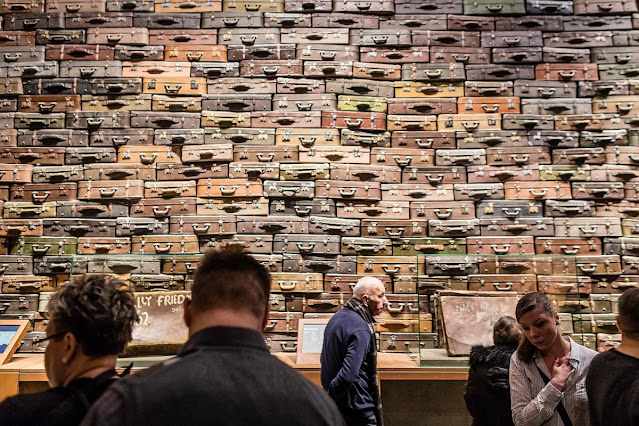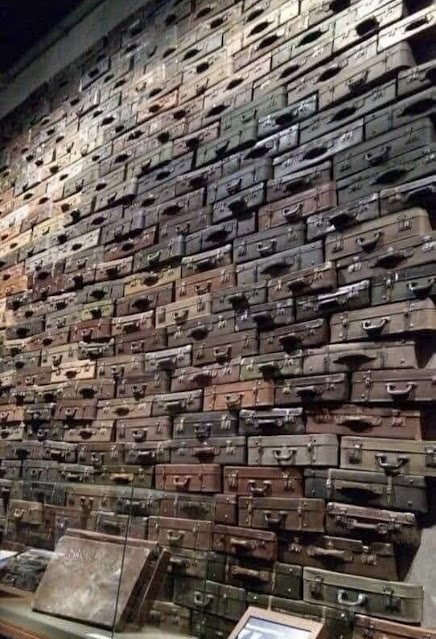A Polish wall of suitcases belonging to people interned in concentration camps during World War II. A part of a permanent exhibition at the Auschwitz-Birkenau State Museum in Poland is a wall of suitcases, each one representing a family, a life, and appearing like a monument to the crime of humanity: the deportation of Jews to extermination camps. However, many of the 3,800 victims’ suitcases bear their owners’ signatures. According to the Auschwitz museum, the wall of suitcases was placed in a state-of-the-art protected storage chamber partially funded by the European Union.
One suitcase of Else Sara Ury, a German-language Jewish author of children’s books who was well-known in Germany in the 1920s and 1930s and who passed away in a gas chamber at Auschwitz in 1943. During World War II, the Nazi death camp claimed the lives of over 1.1 million individuals, the majority of whom were European Jews.
It told the story of a Jewish family with personal belongings and photographs and the progression of the Nazi movement, going from light to darkness, in a geometric display. The end was a rail car full of shoes. Remembering the feeling of horror and the powerful message it portrayed to many children. They felt the hatred and ignorance and asked how it got so bad. We may be trying to explain, but how do we explain such hatred?
Therefore, images can change the world. They are not sure, though, as they have seen pictures where their shoes and other items were gathered together. Most likely was sifting through them searching for valuables, then perhaps did not get a chance to trash them before the end of the war.
This is only the batch they had not disposed of before the Allies arrived. Any valuable personal property (jewelry, cash, artwork) was probably sold while items like these were piled up and then destroyed. They were able to locate identical-sized luggage for every row since there were so many suitcases.
Also Read: China’s Lotus Exhibition Center



